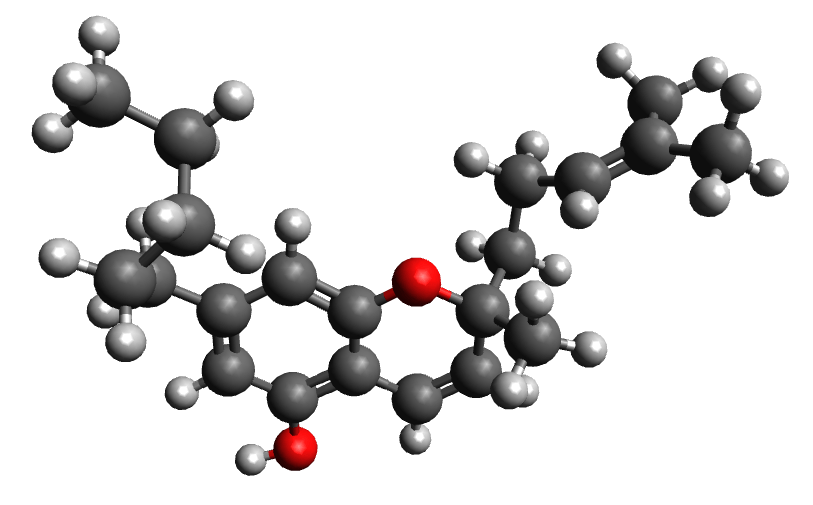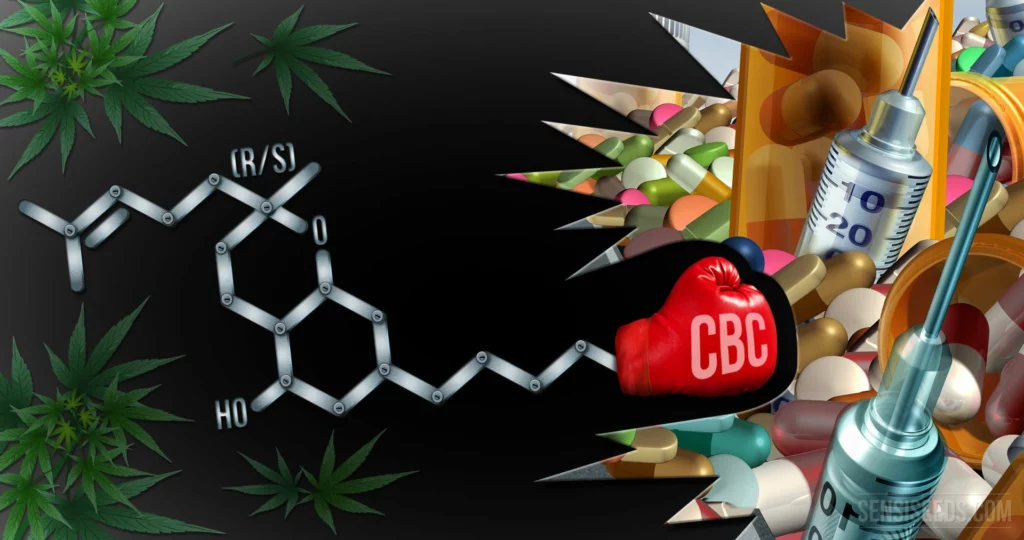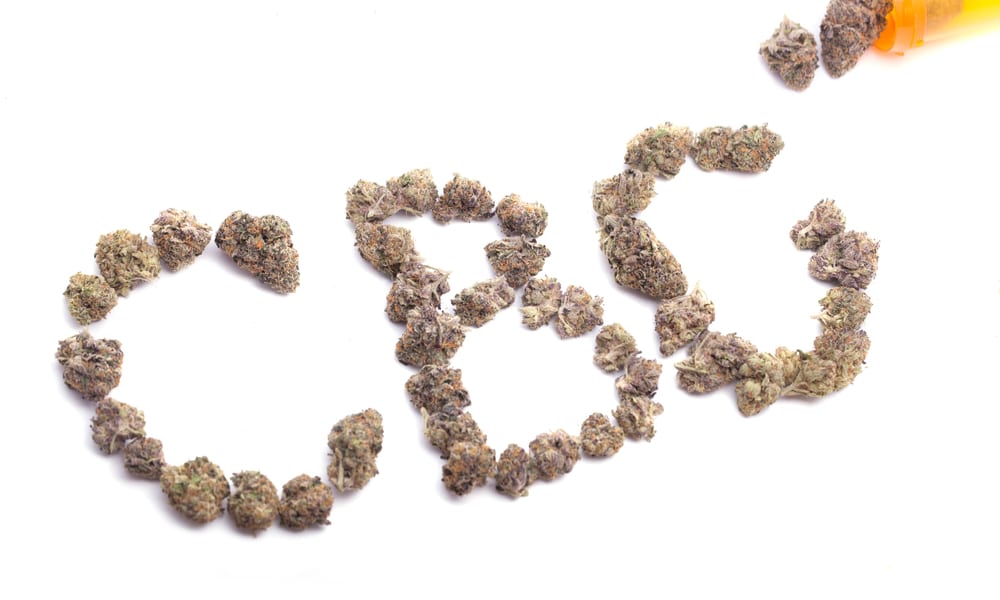English
We recently wrote about the cannabinoid CBN (cannabinol). Another interesting part of the cannabis plant is cannabichromene (CBC). When did this compound first appear and what are its effects?
The first mention of this cannabinoid dates back to 1966. Even though it’s been almost 60 years, much is still unknown. In fact, the first research work only started in 2017.
It is structurally similar to other cannabinoids. Apparently, it is not psychoactive and could be key for the treatment of inflammatory diseases in the future. There is evidence that it can act as a very strong analgesic.
How does Cannabichromene work?

CBC interacts directly with the CB1 and CB2 receptors of our endocannabinoid system (ECS). It also interacts with other receptors, specifically TRPA1 and TRPV1.
These ion channels, as well as ECS receptors, are found throughout our body. Their main function is to alert us to adverse sensations that our body may come into contact with. Like pain or inflammation.
The CBC can detect these sensations and then focus on a specific area to correct it.
Interestingly, after CBD and THC, it is most abundant in cannabis plants.
Interaction of Cannabichromene with the ECS and other systems in the human body.

Think of the human body as a network of many systems that have specific functions. In the world of cannabis, the most well-known is the endocannabinoid system (ECS). All cannabinoids work with this system by interacting with CB1 and CB2 receptors.
The cannabinoids THC and CBD interact predominantly with the ECS, while Cannabichromene links its functions to both the ECS and other systems.
These are the so-called TRP channels. This is a network of ion channels found in the plasma membrane of every animal. Cannabichromene binds mainly to TRPA1 and TRPV1 receptors. These play a very important role in helping with Acute Respiratory Distress Syndrome (ARDS), which has links to the COVID-19 pandemic.
In this way, CBC can become revolutionary in the method of treating specific ailments in specific locations. With the right combination of cannabinoids, this could be a unique discovery.
CBC and its medical uses

It has anti-inflammatory, respiratory and analgesic effects. Admittedly, this is a pretty broad term, but in this field, cannabichromene is really great. It has also been shown to work in the treatment of acne and is currently being investigated for its effects in experimental dermatology.
The exact effect of CBC on pain is unknown because not enough tests have been done. But researchers promise effects never seen before. Arthritis is one target, as it is an inflammatory disease.
CBC also affects neurogenesis, which is the growth of nerve tissue. This could be beneficial for the treatment of many neurodegenerative diseases, such as Alzheimer’s disease.
Where is this cannabinoid most abundant?

CBC is found more abundantly in young marijuana plants. But as the plant ages and gets enough light and heat, cannabichromene naturally degrades to cannabicyclol, another cannabinoid. However, there is one minor complication, and that is the fact that most cannabis plants are only grown for their high CBD and THC content.
If you are interested in cannabinoids in general, in addition to CBC you can also read about CBD, CBG and DELTA-8.
Published by Jan Veselý
30/11/2022choose and buy cannabis seeds from our offer
our pleasure
























